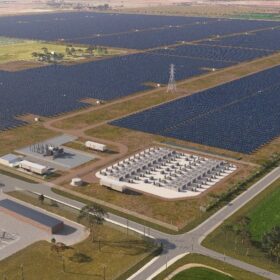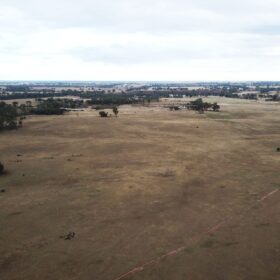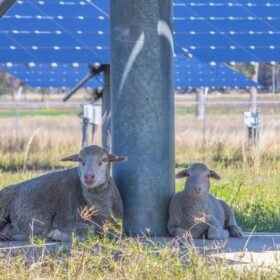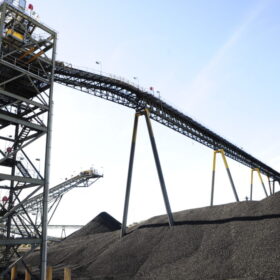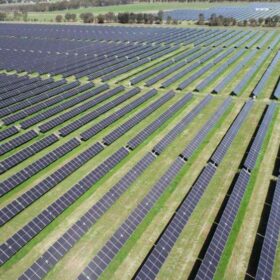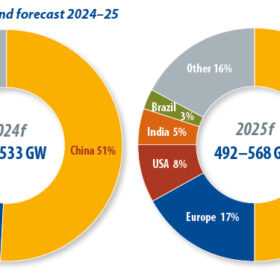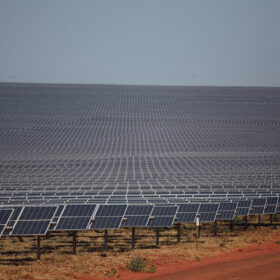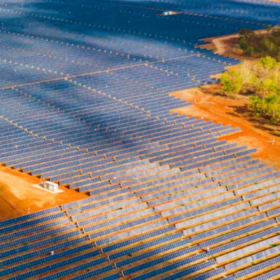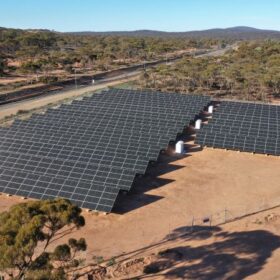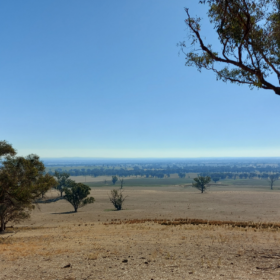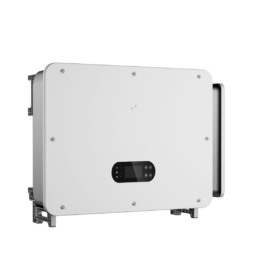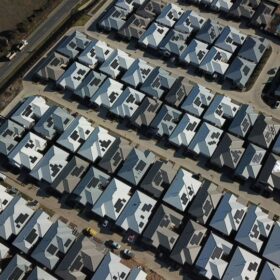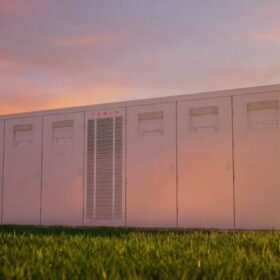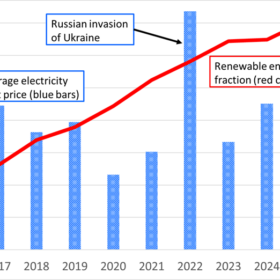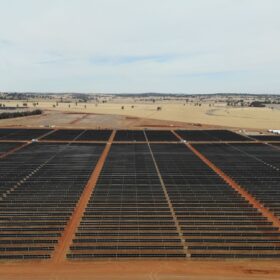Victoria partners with OX2 on 242 GWh per annum renewable energy park
The Victorian state electricity commission (SEC) has announced a $370 million investment in a proposed renewable energy park, in partnership with Swedish renewables developer OX2, and will be the first 100% government-owned generator in the state, since 1994.
Edify lands federal approval for Victorian solar and storage project
Renewables developer Edify Energy has secured federal government approval for a 250 MW solar farm and 200 MW / 800 MWh big battery planned for central Victoria.
Farmers and regional communities forecast to reap billions from clean energy shift
Payments to farmers and landholders hosting large-scale renewable energy projects across Australia’s main electricity grid are expected to top $1 billion by 2030 and could reach up to almost $10 billion by 2050.
Coal miner seeks environmental approval for 20 MW solar farm
Mining company Whitehaven Coal has indicated it will look at selling a 20 MW solar farm it plans to build to power its Narrabri coal mining operation in northwest New South Wales.
Iberdrola strikes renewable energy supply deal with 13 NSW councils
The Australian arm of Spanish energy company Iberdrola has struck a renewable energy supply agreement to provide 13 regional New South Wales councils with more than 390 GWh of electricity through to the end of 2030.
Global growth flatlines in face of uncertainty
Solar demand growth has been pulled back by policy changes and uncertainty but capacity additions in 2025 should still eclipse 2024. InfoLink’s Jonathan Chou examines the leading regions for solar installations.
Global installed PV capacity tops 2 TW
The Global Solar Council says global installed photovoltaic capacity has surpassed 2 TW. The organisation says an additional 4 TW of solar capacity will likely be deployed by 2030.
Six large-scale solar farms set for proposed Darwin renewable energy hub
Six large-scale solar farms capable of generating 180-210 MW of clean energy and a battery energy storage system built next to existing transmission infrastructure are included in plans for a proposed Darwin Renewable Energy Hub.
Horizon Power solar and BESS projects free remote towns of diesel dependence
In partnership with remote renewables developer Pacific Energy, Western Australian regional energy provider Horizon Power, has completed six federally funded solar and battery energy storage systems as part of its Midwest solar program.
Elgin Energy progresses early stage of proposed 125 MW solar and BESS
The Australian arm of London-headquartered Elgin Energy is currently in the project planning stages of a proposed 125 MW agrivoltaic solar farm and 500 MWh battery energy storage system 10 kilometres south of Morven, 560 kilometres southwest of Sydney.
